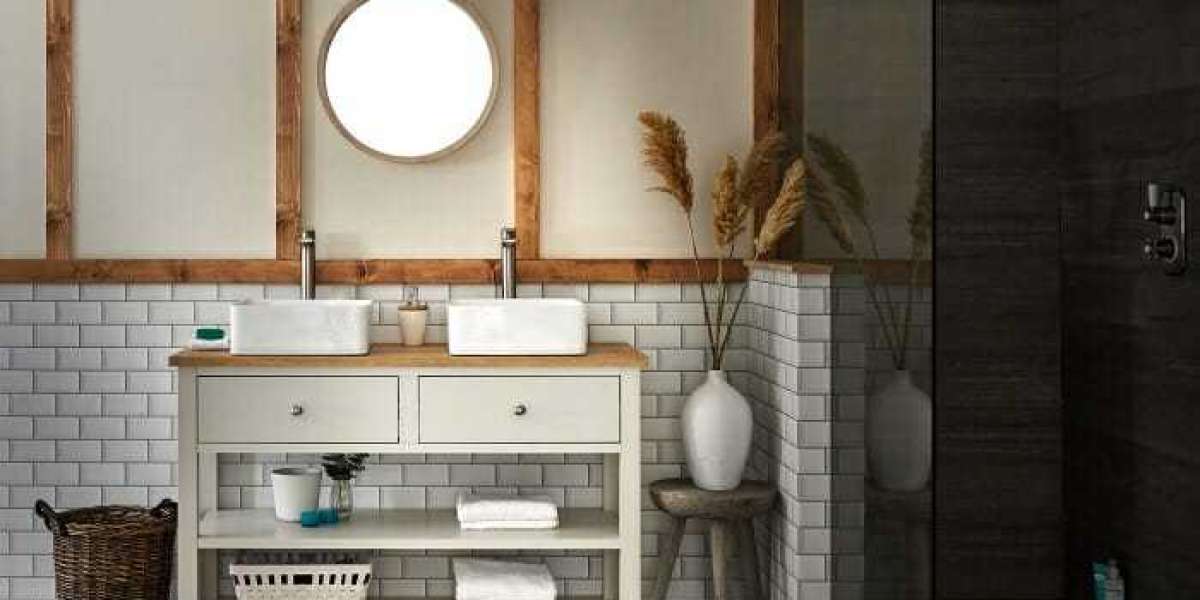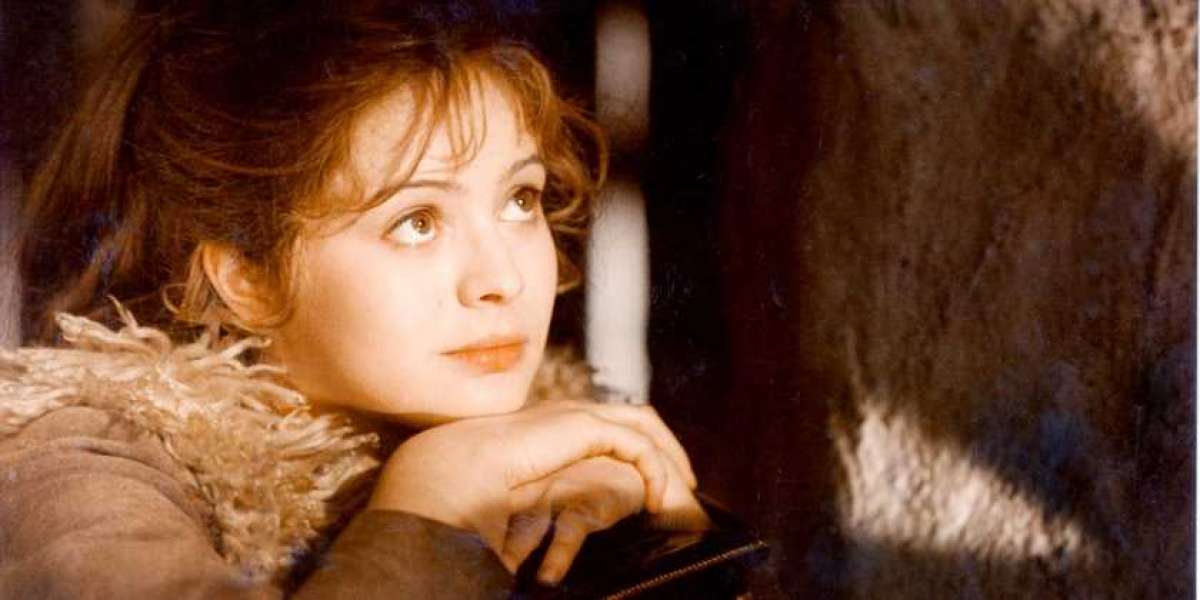When most people think of Delhi, they imagine bustling streets, historic monuments, and the hum of city life that never seems to pause. Yet, hidden within the folds of this sprawling metropolis lies a place that feels worlds away from its urban chaos — Bhardwaj Lake. Tucked deep inside the Asola Bhatti Wildlife Sanctuary near Tughlakabad, this serene lake is one of Delhi’s best-kept secrets, offering a refreshing escape for trekkers, photographers, and anyone seeking peace amid nature.
The Mystery Behind Bhardwaj Lake
Bhardwaj Lake is not a natural formation but a beautiful accident of history. Decades ago, the area was a thriving mining zone, with stone quarries dotting the Aravalli hills. Over time, abandoned pits filled with rainwater and groundwater seepage, giving birth to shimmering blue-green lakes that now define this landscape. Among them, Bhardwaj Lake stands out for its scenic charm and the tranquility that wraps around it like a protective blanket.
The lake’s emerald hue, framed by rugged cliffs and sparse vegetation, creates an almost cinematic setting. It’s hard to believe that such beauty exists within the Delhi-NCR region, just a short drive from the city’s concrete heart. The lake and its surrounding wilderness now fall under the protection of the Asola Bhatti Wildlife Sanctuary, ensuring that this pocket of biodiversity remains preserved for future generations.
The Trek to Bhardwaj Lake
Reaching Bhardwaj Lake is an adventure in itself. The journey begins at the sanctuary gate near Tughlakabad, from where a moderate trek of about 4–5 kilometers leads you through dusty trails, rocky outcrops, and gently undulating terrain. Along the way, you might spot peacocks, hares, nilgai (blue bulls), and a variety of bird species that thrive in the sanctuary’s semi-arid ecosystem.
The trek is suitable for beginners, though it’s best undertaken early in the morning or late in the afternoon to avoid the harsh midday sun. Once you reach the lake, the reward is immediate — the still water reflecting the sky, the wind rustling through the thorny shrubs, and a sense of quiet that’s rare in Delhi. Many visitors sit by the shore for hours, meditating, sketching, or simply watching the play of light on the water.
Things to Do at Bhardwaj Lake
While Bhardwaj Lake isn’t a commercial tourist spot — meaning there are no food stalls, restrooms, or boating facilities — that’s exactly what makes it special. The unspoiled environment offers a raw, authentic experience of nature. Here’s what you can enjoy during your visit:
Trekking Hiking – Explore the network of trails around the lake and nearby quarries. The terrain is mildly challenging and perfect for outdoor enthusiasts.
Photography – The dramatic cliffs, glassy waters, and golden light make this a photographer’s paradise. Sunrise and sunset are particularly magical.
Birdwatching – Carry binoculars; the sanctuary hosts over 200 species of birds, including drongos, partridges, and Indian rollers.
Picnicking – Pack light snacks and plenty of water. A small group picnic by the lake can be an unforgettable experience.
Meditation Mindfulness – The calm atmosphere of Bhardwaj Lake makes it an ideal spot for yoga, meditation, or quiet reflection.
Flora and Fauna Around the Lake
The ecosystem surrounding Bhardwaj Lake belongs to the Northern Aravalli leopard wildlife corridor, which connects Sariska Tiger Reserve in Rajasthan to Delhi’s southern ridge. The sanctuary’s dry scrub forests are home to species like jackals, porcupines, civet cats, and even occasional leopards. The vegetation includes hardy trees like kikar, dhak, and babool, all well adapted to the rocky soil and limited rainfall.
During monsoon, the entire region transforms — the lake brimful, the hills wearing a fresh green coat, and the air thick with the scent of wet earth. This is the best time to visit, though winter brings its own charm with clear skies and pleasant temperatures.
Tips for Visiting Bhardwaj Lake
Before planning your trip, here are some practical tips to ensure a safe and enjoyable experience at Bhardwaj Lake:
Obtain permission: Since the lake lies within a protected sanctuary, you may need entry permission from the forest authorities at the Asola Bhatti Wildlife Sanctuary gate.
Carry essentials: Bring water, light snacks, a hat, sunscreen, and comfortable walking shoes.
Avoid littering: The lake’s beauty depends on its cleanliness. Carry a bag to collect your trash and take it back with you.
Travel in groups: The area can be isolated, and network coverage is weak in some sections. It’s best to go with friends or a local guide.
Respect wildlife: Refrain from making loud noises or disturbing animals. Remember, you are a guest in their home.
The Best Time to Visit
The ideal time to visit Bhardwaj Lake is between October and March when Delhi’s weather is cool and dry. Early mornings and late afternoons offer the best light for photography and comfortable trekking conditions. Avoid the peak summer months (April to June), when the heat can be intense and the trails dusty.
Why Bhardwaj Lake Deserves More Attention
Despite being one of the most picturesque natural spots in Delhi, Bhardwaj Lake remains relatively unknown to both locals and tourists. Perhaps that’s part of its charm — a place untouched by commercialization, where one can truly connect with nature. In a city struggling with pollution and overcrowding, places like this are vital reminders of what Delhi once was: a landscape of ridges, lakes, and life.
Promoting responsible eco-tourism around Bhardwaj Lake could help preserve its delicate ecosystem while providing people with a space to recharge and reconnect. With sustainable practices and awareness, this lake can continue to be a sanctuary not just for wildlife, but also for human souls weary of the urban grind.
Final Thoughts
Whether you’re a Delhiite craving a day in the wild or a traveler exploring the city’s hidden corners, Bhardwaj Lake deserves a spot on your list. It’s more than just a lake — it’s a slice of serenity nestled amid the chaos of modern life, a reminder that nature still breathes quietly even in the heart of India’s capital.
So the next time the city feels overwhelming, leave behind the noise, lace up your trekking shoes, and head toward Bhardwaj Lake — Delhi’s silent miracle waiting to be discovered.








